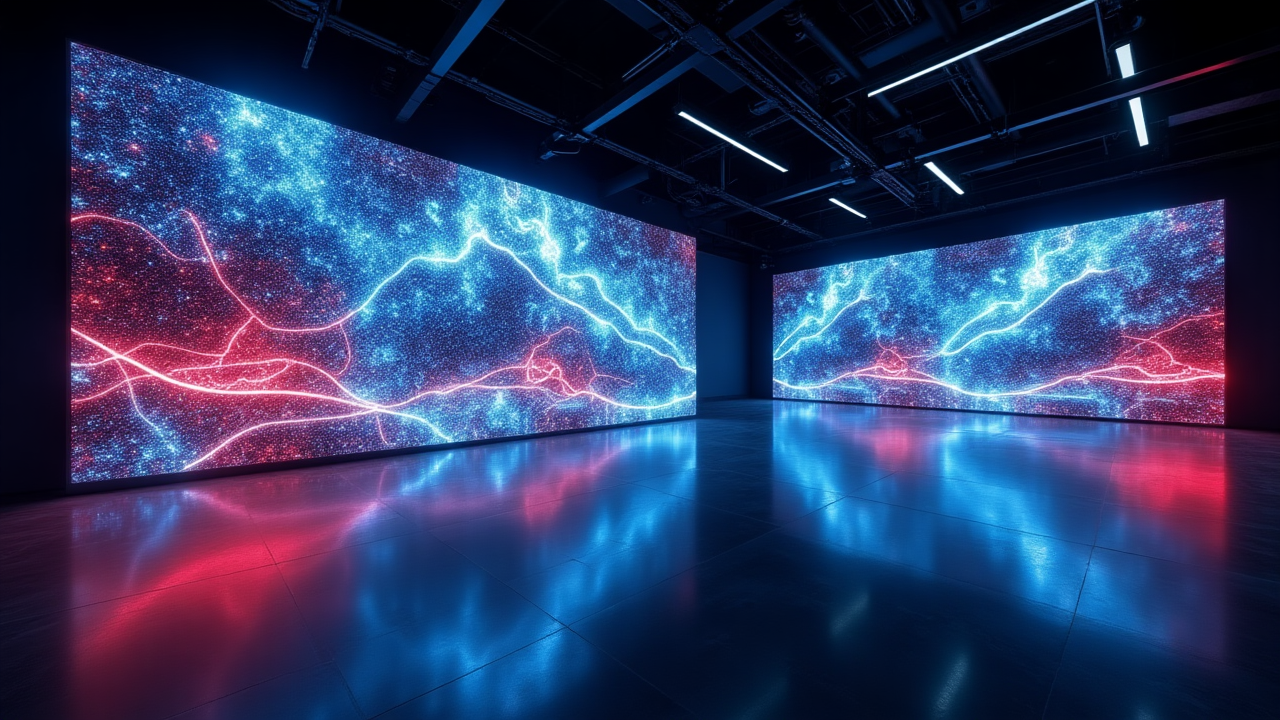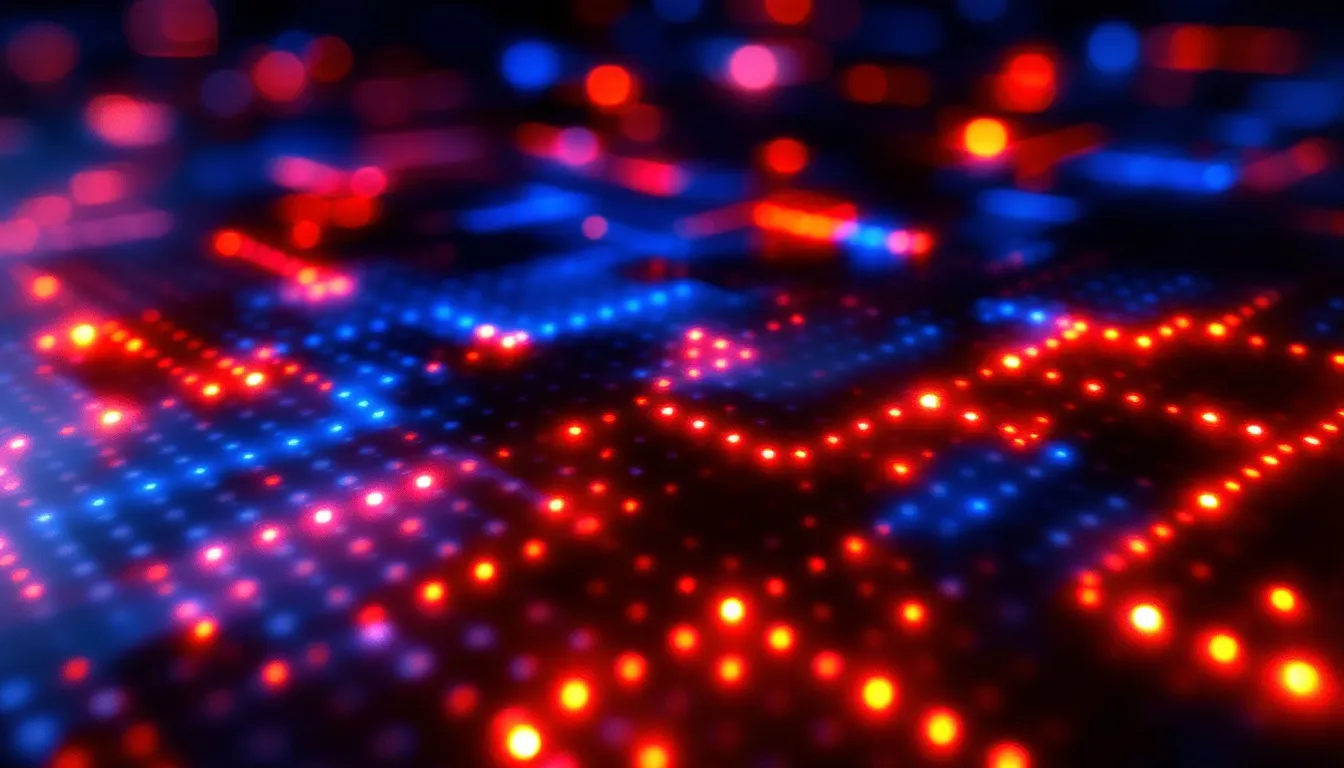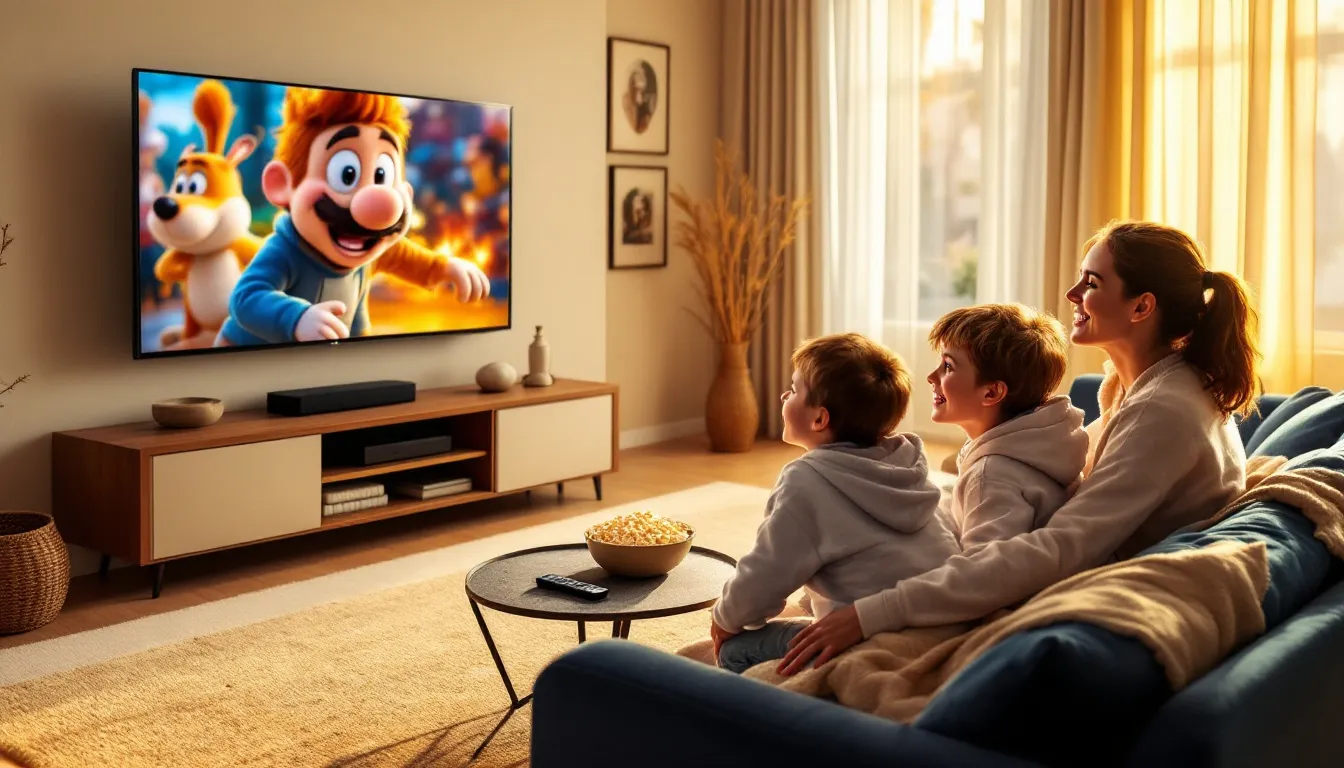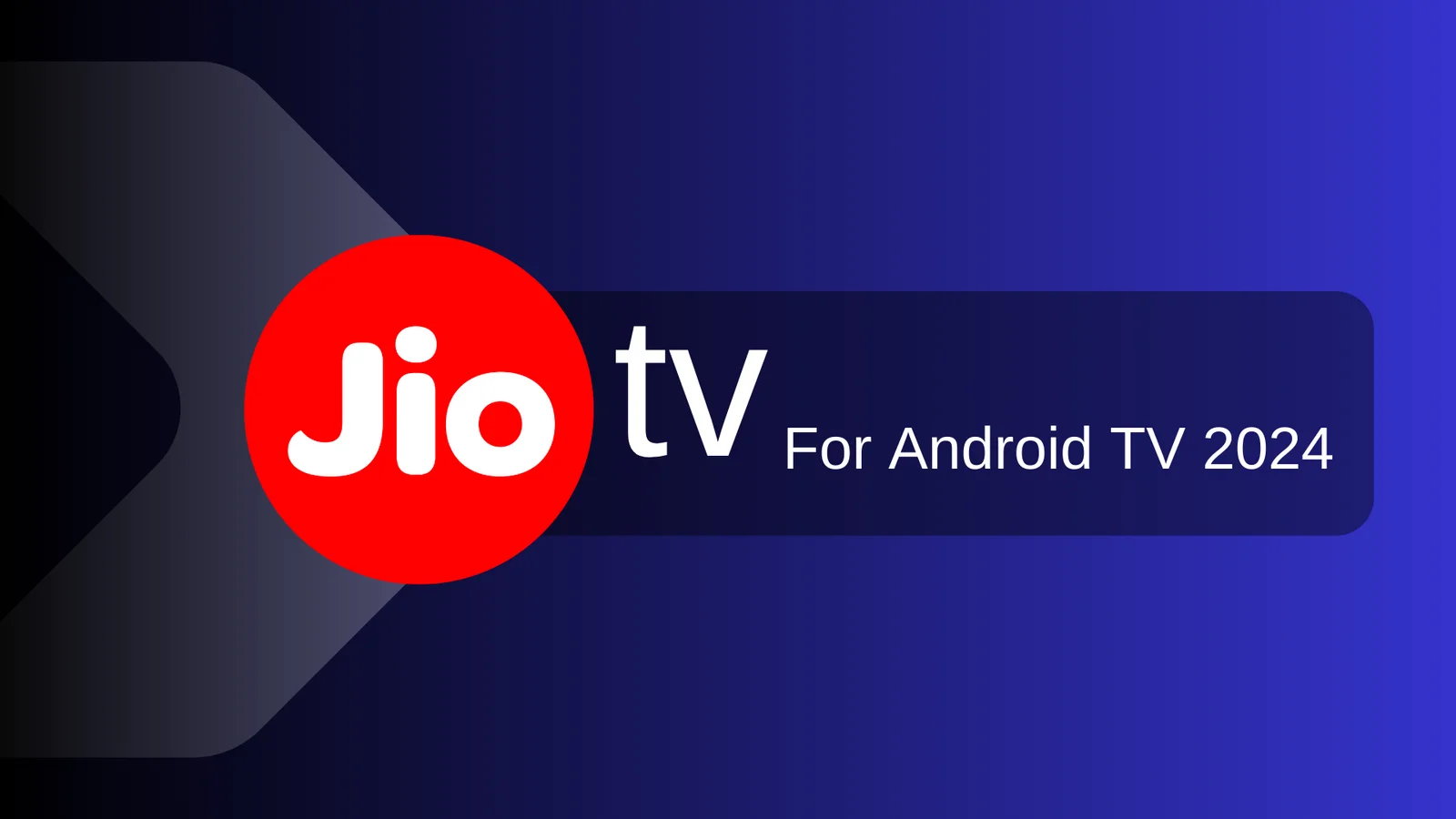Discover why Organic Light Emitting Diode TVs are the best in picture quality! Learn how OLED technology works,...

LED TV Panels Explained: Types, Features & Best Picks in 2025
LED TV panel have revolutionized the way we experience entertainment, offering brighter displays, better contrast compared to older LCD and plasma screens. LED panels are more energy efficient compared to OLED panels. Whether you're upgrading your existing TV or buying your first smart TV, understanding LED panels is crucial to making the right choice.
In this guide, we’ll break down everything you need to know about LED TV panels—how they work, different types, key features to look for, and why they dominate the market. LED TV prices can vary significantly depending on these features and more, as detailed in our guide on LED TV prices in India. We’ll also explore some top-rated models available at Ridaex Store to help you make an informed decision.

What is an LED TV Panel?
An LED (Light Emitting Diode) TV panel is a type of LCD display that uses LED backlighting instead of traditional CCFL (Cold Cathode Fluorescent Lamp) backlights. This technology enhances brightness, color accuracy, and energy efficiency.
The LCD layer is the foundation of an LED TV panel. It consists of:
-
Liquid Crystals: These molecules twist and untwist to block or allow light, creating images.
-
Polarizing Filters: Two filters (front and back) help control light direction.
-
Color Filters (RGB): Red, Green, and Blue sub-pixels combine to produce millions of colors.
How Does an LED TV Panel Work?
-
The panel consists of millions of tiny pixels that display images.
-
LEDs illuminate these pixels from behind (backlighting) or from the edges (edge-lit).
-
Advanced models use local dimming, where specific LED zones dim or brighten independently for deeper blacks and better contrast.

What Is a Pixel in a led panel? The Building Block of Your Screen
A pixel (short for "picture element") is the smallest controllable unit of a digital display. It’s the tiny dot that combines with millions of others to form the images, videos, and text you see on your TV, smartphone, or computer monitor.
What is a subpixel?
A subpixel is the smallest color-producing unit in your display. Every pixel you see is actually made up of tiny red, green, and blue (RGB) subpixels that work together to create all the colors on your screen.
What is Display Resolution?
Resolution = The number of pixels (tiny dots) that make up an image on a screen.
It’s written as Width × Height (e.g., 1920 × 1080 means 1920 pixels wide and 1080 pixels tall).? More pixels = Sharper, more detailed image.
? Fewer pixels = Grainier, less crisp picture.What is Pixel Density?
Pixel density (PPI - Pixels Per Inch) measures how many pixels are packed into one inch of screen space. Higher PPI means sharper images with less visible pixelation. The separation space between each pixel is called pixel pitch. Usually LED Video walls come with variable pixel pitch.

What is LED TV Panel Bit Depth & How does it work?
Bit depth determines how many colors a led display can show by controlling the shades of red, green, and blue (RGB) in each pixel.
-
Higher bit depth = Smoother gradients, less banding, more accurate colors.
-
Lower bit depth = Visible color steps, potential banding in dark scenes.
How does it work? Each subpixel (Red, Green, Blue) gets a brightness value. The bit depth defines how many steps exist between 0% (off) and 100% (full brightness).
Bit Depth
Color Shades per Channel (RGB)
Total Possible Colors
8-bit
256 shades per color
16.7 million (256 × 256 × 256)
10-bit
1,024 shades per color
1.07 billion (1024 x 1024 x 1024)
12-bit
4,096 shades per color
68.7 billion (4096 x 4096 x 4096)
Different Types Of Display Panels
Display Type
How Pixels Work
LCD/LED
Uses liquid crystals + LED backlight to control pixel brightness.
OLED
Each pixel emits its own light (no backlight needed), allowing perfect blacks. Similar reach is also used in LED Video Walls
QLED (Quantum Dot)
Uses nanocrystals to enhance LED backlight for brighter, more vibrant colors.
Mini-LED
Thousands of tiny LEDs for better contrast than standard LED.
Display panels and their viewing angles
Viewing angles determine how much your screen's image quality degrades when viewed from the side. A display with poor viewing angles will show:
-
Color shifting (colors look washed out)
-
Contrast loss (blacks turn gray)
-
Brightness drop-off
Panel Type
Best Viewing Angles
Worst Viewing Angles
OLED
★★★★★ (Almost perfect at 178°)
None
IPS
★★★★☆ (Good at 178°)
Slight brightness loss
VA
★★☆☆☆ (Noticeable color shift after 30°)
Severe contrast loss
TN
★☆☆☆☆ (Colors invert at 45°)
Unusable beyond 60°

Key Features to Look for in an LED TV Panel
When shopping for an LED TV, consider these factors:
1. Resolution (HD, Full HD, 4K, 8K)
-
1080p (Full HD): Good for smaller screens (under 40 inches).
-
4K UHD: Best for 50-inch and above, sharper details.
-
8K: Future-proof but still limited content availability.
2. Refresh Rate (60Hz vs. 120Hz)
-
60Hz: Standard for casual viewing.
-
120Hz/144Hz: Better for gaming and sports (smoother motion).
3. HDR (High Dynamic Range)
Improves color and contrast. Look for:
-
HDR10: Basic standard.
-
Dolby Vision: Better dynamic metadata.
-
HDR10+: Samsung’s alternative to Dolby Vision.
4. Panel Technology (VA, IPS, PLS)
-
VA (Vertical Alignment): High contrast, good for dark rooms.
-
IPS (In-Plane Switching): Wider viewing angles, better color accuracy.
-
PLS (Plane-to-Line Switching): Samsung’s improved IPS variant.
Learn More Facts About LED Video Walls
-
Outdoor LED video walls are designed to be bright enough for visibility even in direct sunlight.
-
LED displays can be constructed to withstand various environmental conditions such as rain and humidity.
-
LED displays are available in various pixel pitches such as 0.6mm, 0.7mm, 0.9mm, and 1.2mm.
-
High-quality LED displays boast a lifespan of over 100,000 hours.
-
LED video walls are used in business organizations, public places, and entertainment venues.
-
-
LED TV Panel Buying Guide: FAQs
1. Is an LED TV better than an LCD Panel TV?
Yes, LED TVs are a type of LCD TV but with better backlighting, leading to improved brightness and efficiency.
2. What’s the difference between LED and OLED panels?
LED: Uses a backlight (LCD + LEDs).
OLED: Self-emissive pixels (no backlight, perfect blacks), Since no additional backlight is required, these are used on LED Video Wall, also saving floor space utilization in large implementations.
3. How long do LED TV panels last?
Most LED TVs last 50,000 to 100,000 hours (about 10+ years with normal use).
4. Can LED TV panels be repaired?
Yes, but replacing the entire panel is often costly. Minor issues like backlight failure can be fixed.
5. What is the optimal Viewing distance for LED Display and LED Video Wall?
The viewing distance of LED Display depends on various sizes and screen resolution. The ideal distance of LED Video wall also depends on the size and the pixel pitch.



















Leave a comment